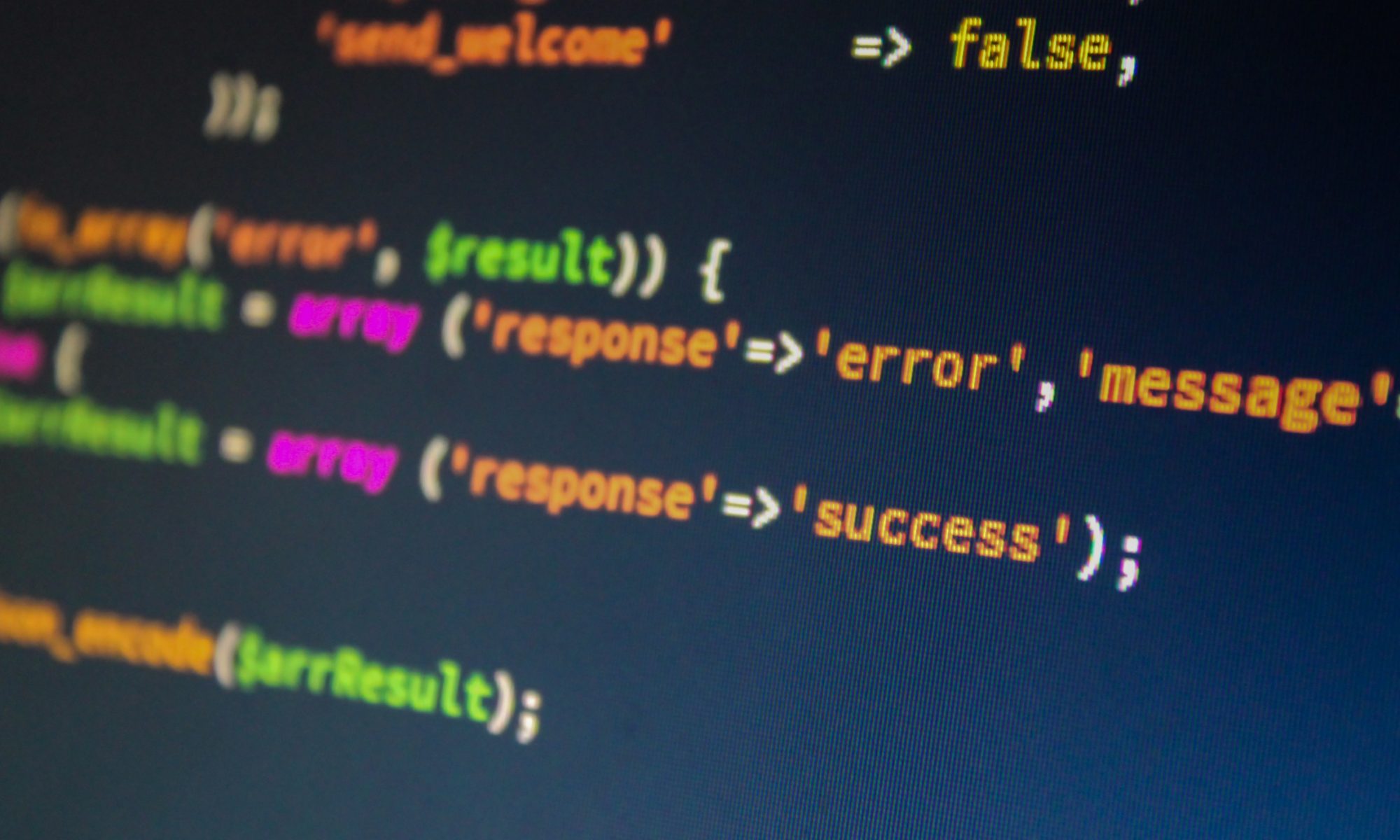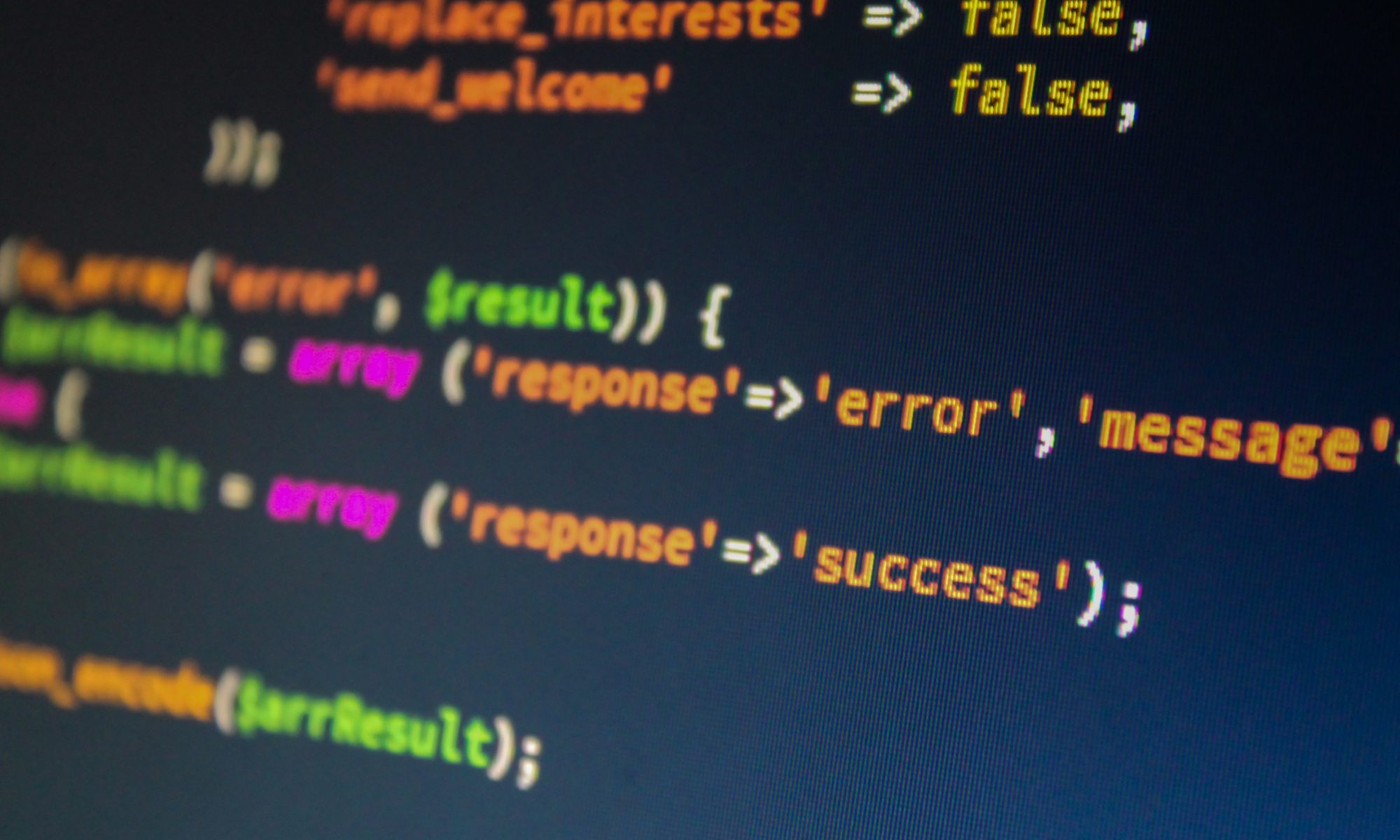Ideally, you should use the “Quick Instances” and other VM templates provided by our Xen Orchestra Dashboard when creating virtual servers for your project. These have been optimised with tools and drivers designed to get the best performance from your virtual machine, and to access advanced features such as safe shutdown in the event of power outage. But what if your VM was built from scratch, can you still access these tools?
How to Setup Unattended Upgrades on Debian Stretch
Debian is a volunteer project that has developed and maintained a GNU/Linux operating system for well over a decade. Since its launch, the Debian project has grown to comprise more than 1,000 members with official developer status, alongside many more volunteers and contributors. Today, Debian encompasses over 50,000 packages of free, open source applications and documentation. The popular distribution Ubuntu builds on the Debian architecture and infrastructure and collaborates widely with Debian developers, but there are important differences. Ubuntu has a distinctive user interface, a separate developer community (though many developers participate in both projects) and a different release process.
If you decide to use a Debian server for your project (good idea – it’s secure, robust and fast), then you should always have the latest security patches and updates, whether you’re asleep or not. This is actually pretty easy to do. Here’s how.
Using a local APT Repository for your Student VM
Advanced Package Tool, or APT, is a free software user interface that works with core libraries to handle the installation and removal of software on Debian, Ubuntu and other Linux distributions. APT simplifies the process of managing software on Unix-like computer systems by automating the retrieval, configuration and installation of software packages, either from precompiled files or by compiling source code.
Getting Started with Ubuntu Core and Snaps
Ubuntu Core is a transactional version of the Ubuntu Linux OS, made specifically for internet of things (IoT) devices and large container deployments. This OS powers many digital signs, robotics and gateways, and uses the same kernel, libraries and system software as the standard Ubuntu, but on a much smaller scale.
Send Email from a Virtual Server in DkIT
The Cloud Virtualisation Platform we have built at https://xoa.comp.dkit.ie is a fantastic resource, comparable to AWS, Digital Ocean etc but yet free and importantly, secure because it is inside the DkIT Firewall. However, this same security can prevent useful features most server can do easily, like sending email.
This tutorial details how to configure your virtual server in DkIT to send email via the Microsoft Outlook Mail Server (which is actually the other side of the firewall).
Getting root access to new install of PHPMyAdmin
Immediately after doing a fresh install on LAMP on a barebones Linux Server using Xen Orchestra or otherwise), you should secure your database before going into production.
Installing WordPress at the command line
After you have installed LAMP on your Linux server (or fired up a template with LAMP already installed), you may want to use a CMS like WordPress. But how to install? What are the commands?
Managing WordPress with WP-CLI
How To Install LAMP in Ubuntu 18.04
The objective of this tutorial is to install the LAMP stack (Linux, Apache, MySQL and PHP server) on Ubuntu 18.04 “Bionic Beaver”, which is now available in the ITLC’s Xen Orchestra sandbox as a “Quick Instance”.
How to install Mono on Ubuntu 16.04
Sponsored by Microsoft, Mono is an open source implementation of Microsoft’s .NET Framework based on the ECMA standards for C#and the Common Language Runtime. A growing family of solutions and an active and enthusiastic contributing community is helping position Mono to become the leading choice for development of cross platform applications.





